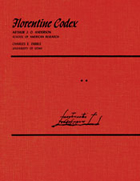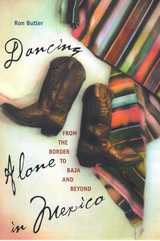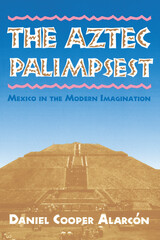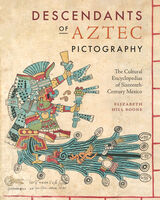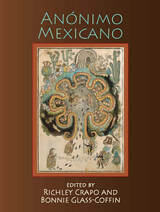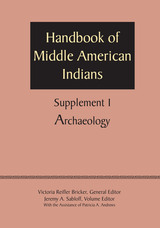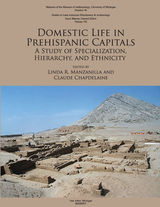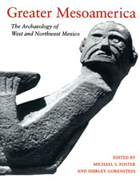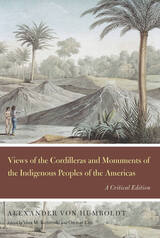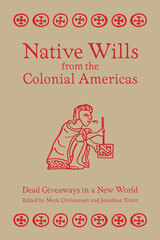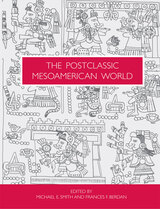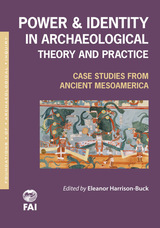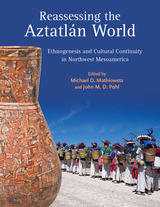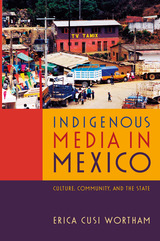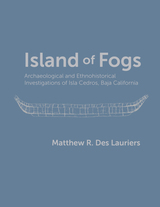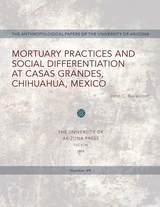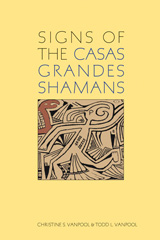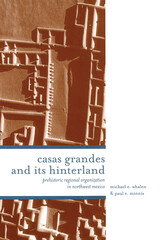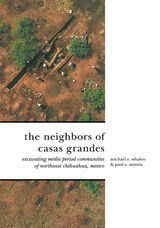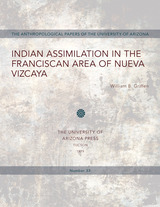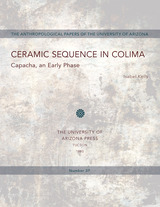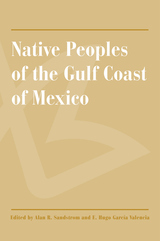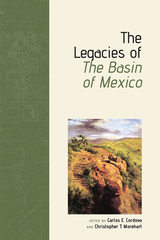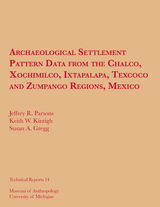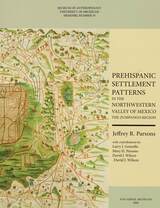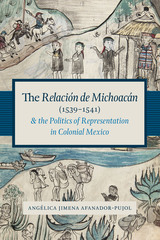Table of Contents:
1. Concerning the calendar and the feasts of fixed date
2. Tlacaxipeualiztli
3. Toçoztontli
4. Uei toçoztli
5. Toxcatl
6. Etzalqualiztli
7. Tecuilhuitontli
8. Uei tecuilhuitl
9. Tlaxochimaco
10. Xocotl uetzi
11. Ochpaniztli
12. Teotl eco
13. Tepeilhuitl
14. Quecholli
15. Panquetzaliztli
16. Atemoztli
17. Tititl
18. Izcalli
19. [Nemontemi and the movable feasts]
20. Telleth of the feast day and the debt-payment which they celebrated during all the days of the month
21. Telleth of the honors and the debt-payment which they used to render at the time of the entire second month
22. In which are described the feast day and the debt-paying which they celebrated in the second month
23. Telleth of the feast day and of the honors which they performed during all the days of the fourth month
24. Relateth the feast and the debt-paying which was celebrated during all the days of the fifth month
25. Telleth of the feast and of their offerings which they made during all the days of the sixth month
26. In which are related the feast day and the honors done during all the days of the seventh month
27. Telleth of the feast day and of the debt-paying which they celebrated during all the days of the eighth month
28. Telleth of the feast and of the offerings which they made during all the days of the ninth month
29. In which are named the feast and debt-paying which they celebrated during all the days of the tenth month
30. Here are related the feasts and the honors observed during all the days of the eleventh month
31. Telleth of the feast and the debt-paying which were observed during all the days of the twelfth month
32. In which are related the feast day and the debt-paying which were observed during all the days of the thirteenth month
33. In which are related the feast day and the debt-paying with which they gave service, which they observed during all the days of the fourteenth month
34. Telleth of the feasts and the debt-paying which were observed during all the days of fifteenth month
35. Telleth of the feast day and the honors which they observed during all the sixteenth month
36. Where are related the feast day and the debt-paying which were observed during all the days of the seventeenth month
37. Telleth of the feasts and honors performed during all the days of the eighteenth month
38. Telleth of the feast which named Uauhquiltamalqualiztli [The Eating of Tamales Stuffed With Amaranth Greens]
Appendix to the Second Book
Temple of Uitzilpochtli Coatepetl
Here is described the feast which was observed every eight years
Behold here a true [relation] of all the [buildings] which were Mexicans' temples
Here is told in what manner the Mexicans made offerings and what they made as offerings in their temples
Here are told the various modes in which blood was shed [and] offered
Here are told, in very truth, the offerings which they made, with which they paid honor to the devil
A declaration of still other offerings with which similarly they paid honor to the devil
A declaration of all those who served in the homes of each of the gods
A declaration of how the sun was served, and of how many times trumpets were blown during the day and during the night, and of how many times incense was offered
A declaration of the training or the labors which were done in the temples, in the devils' houses
A declaration of how the devils were prayed to, and how oaths were made
Here is told what the songs of the devils were, with which they paid honor to them within their temples and indeed without
An account of how the women served there in the temples
